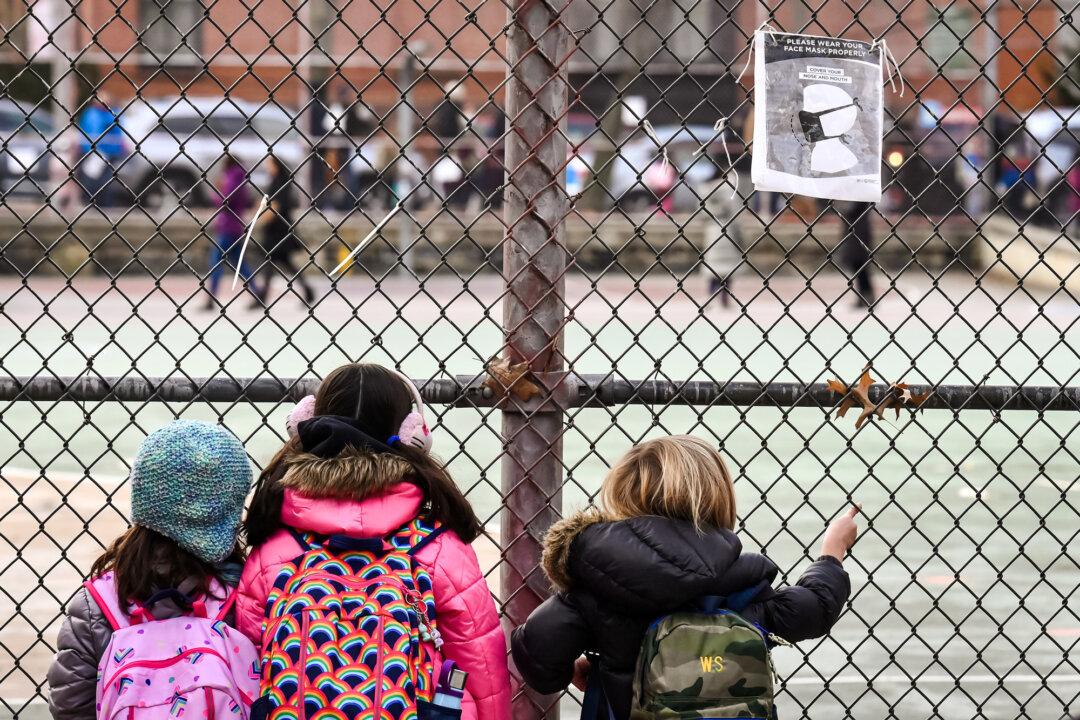Most Americans cannot afford a $1,000 emergency expense, with inflation and high interest rates affecting their ability to save adequately, according to a recent survey by consumer services company Bankrate.
This is up from 56 percent a year back.
“We are essentially a paycheck-to-paycheck nation,” said Mark Hamrick, senior economic analyst at Bankrate. “Fewer Americans have the equivalent of a financial safety net to cover inevitable unexpected expenses, despite low unemployment and steady growth.”
Bankrate stated that Americans have been struggling against a “number of economic headwinds” over the past several years, including a slowing job market and high inflation.
In the survey, 73 percent of respondents blamed inflation, high interest rates, or a change in income or employment status as reasons why they were saving less to meet unforeseen expenses. This is up from 68 percent last year.
A quarter of respondents said they would have to fund $1,000 in emergency expenses by financing it with a credit card and paying off the debt over time. This is up from 21 percent in 2024.
Hamrick said the increase in cost of living is “prompting more individuals and households to turn to credit cards when in a bind.”
High Cost of Living
The Trump executive order blamed the prior administration’s vast government spending, overregulation, and “destructive” policies for pushing Americans into an inflation crisis.“Hardworking families today are overwhelmed by the cost of fuel, food, housing, automobiles, medical care, utilities, and insurance,” the order reads.
Trump directed the heads of all executives and agencies to look for ways to cut down housing costs and boost supply, eliminate practices that raise health care costs, eliminate any requirements that contribute to higher home appliance prices, and get rid of harmful climate policies that increase the costs of fuel and food.
The cost of living crisis among Americans developed while the savings rate has gone down. Since 2022, the personal saving rate of U.S. citizens has mostly remained below 5 percent. Before the COVID-19 pandemic, the rate largely was above the 5 percent level.
The rising cost of living was cited as the biggest hurdle to saving more, with two in three households saying these expenses are “not very affordable or not affordable at all” in their area.
“Looking to 2025, banked households are cautiously optimistic about their savings. A plurality (44 percent) think they will be able to save more money, and 32 percent believe they will save about the same in the coming year. 24 percent think they will save less money,” the survey reads.
“Six in ten banked households in America (60 percent) are more optimistic about their finances in the coming year with Donald Trump as President. There is cross-generational consensus on this question, with a majority in every generation saying they are more optimistic. Gen Z (70 percent) is the most optimistic.”







